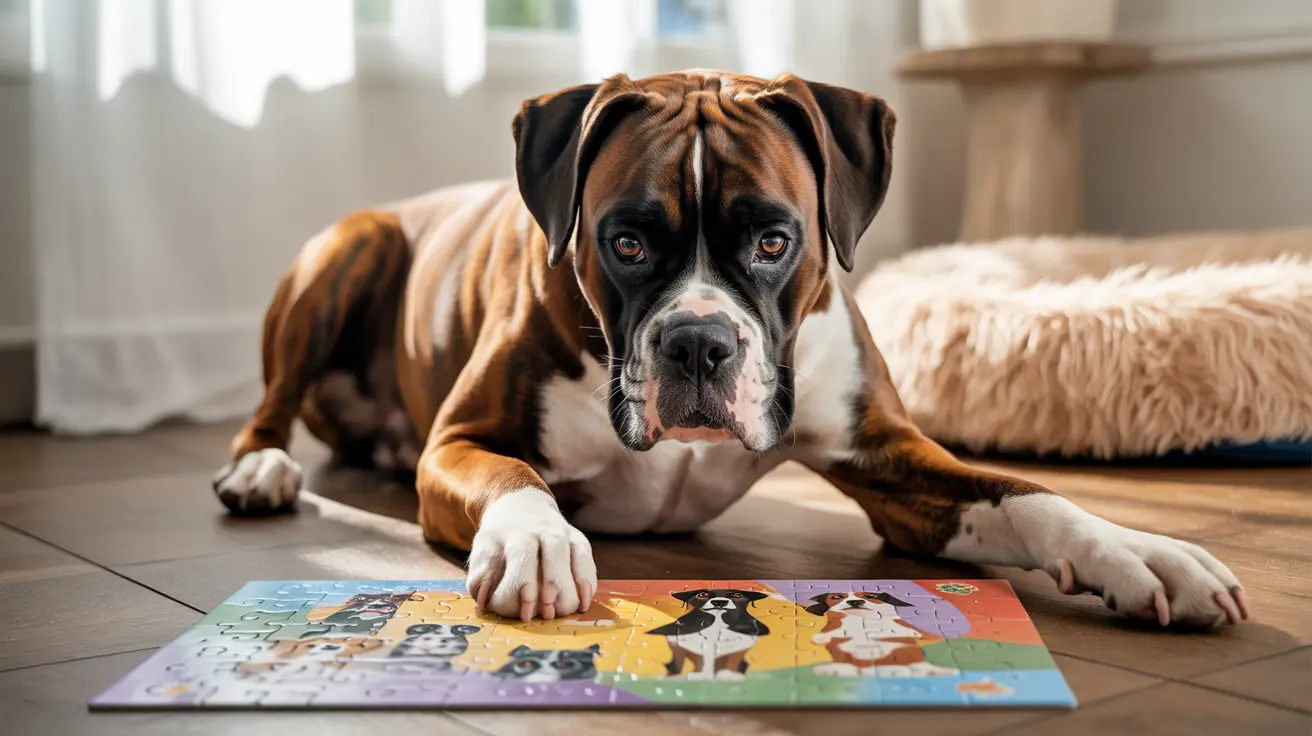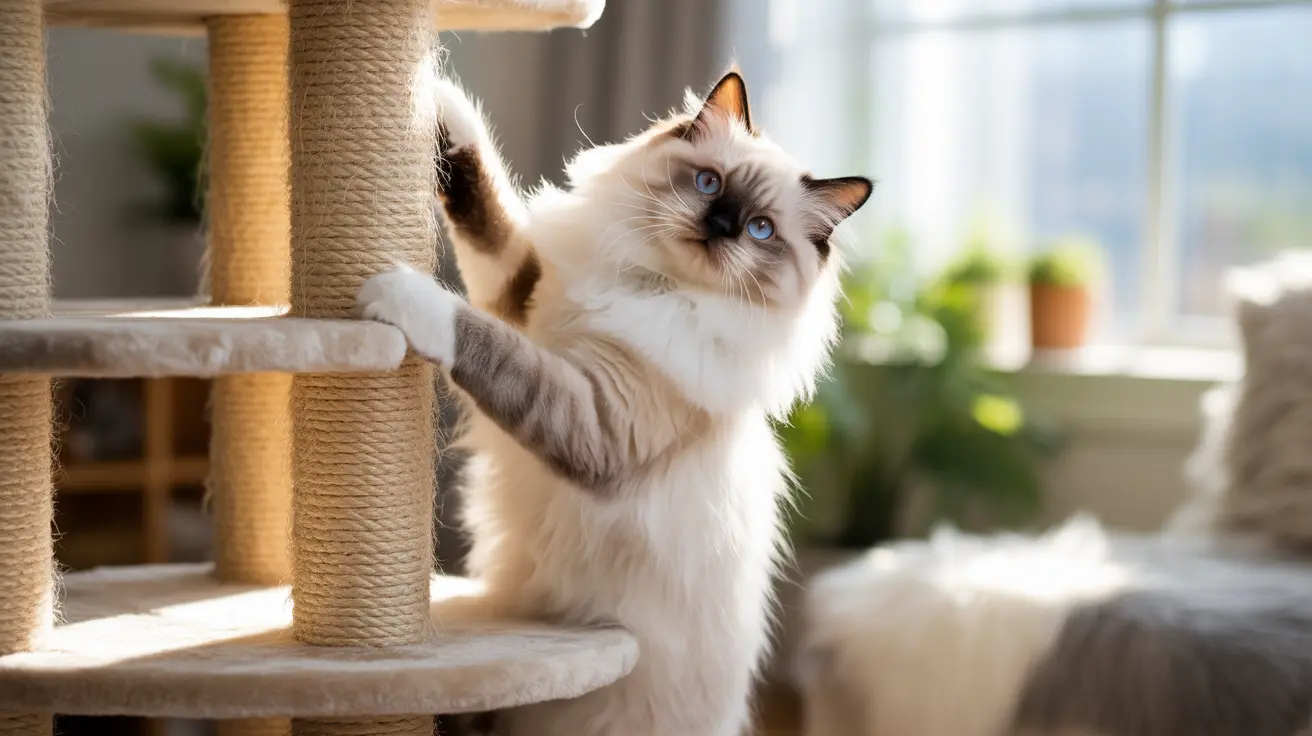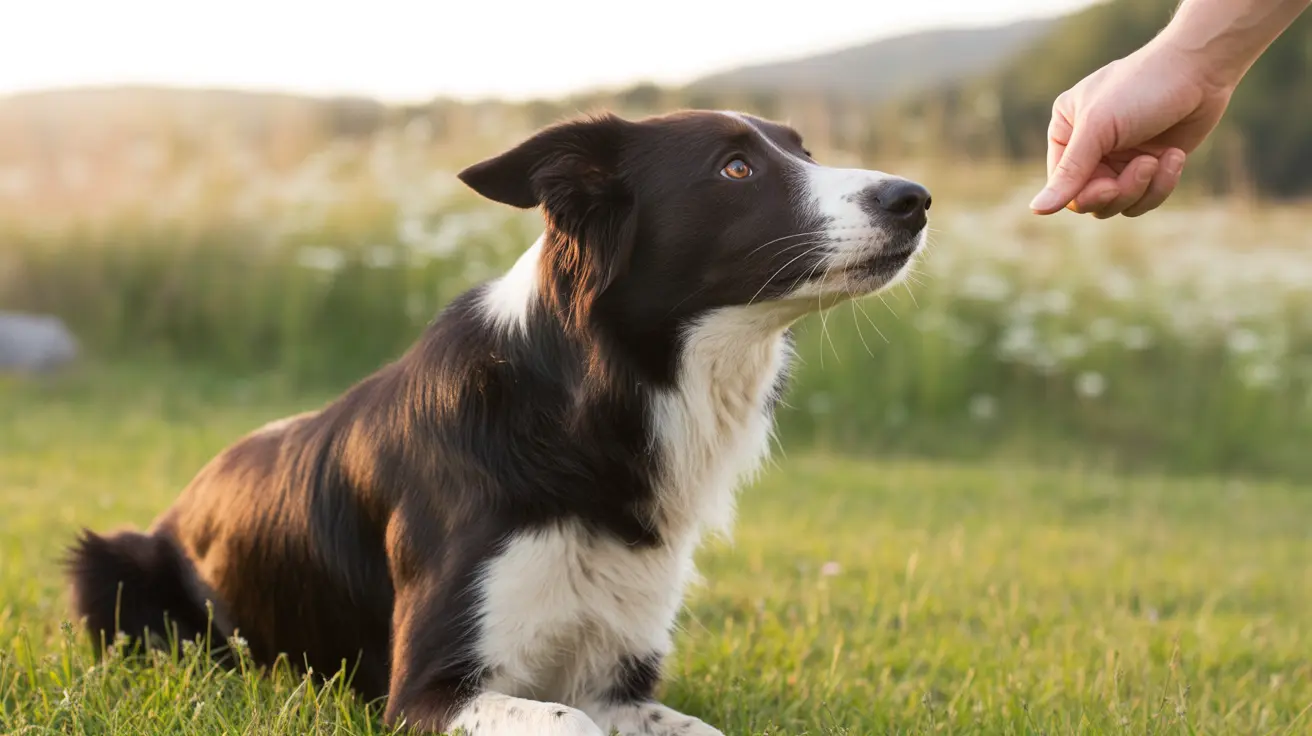Dog Visual Puzzle for Owners: How Brain Games Strengthen Your Bond While Training Your Pet
As a dog owner, you're constantly seeking new ways to engage with your furry companion while sharpening your own mental abilities. Dog visual puzzles have emerged as an exciting intersection between entertainment and cognitive development, offering both you and your pet unique opportunities for growth. These engaging brain teasers, which challenge you to spot subtle differences among nearly identical illustrated dogs, are more than just amusing diversions—they're powerful tools that can enhance your observation skills and translate into better training outcomes with your beloved pet.
The world of dog ownership has evolved dramatically, with technology playing an increasingly important role in how we bond with and train our four-legged family members. While dog training apps have revolutionized the way we approach obedience and behavior modification, visual puzzles offer a complementary approach that develops the keen observation skills every successful dog owner needs. Just as professional trainers rely on reading subtle body language cues and recognizing behavioral patterns, dog visual puzzles train your brain to notice the smallest details that might otherwise escape your attention.
Whether you're a new puppy parent or an experienced dog enthusiast, incorporating visual puzzles into your routine can provide mental stimulation, improve your pattern recognition abilities, and ultimately make you a more observant and effective trainer. Let's explore how these simple yet challenging puzzles can transform your approach to dog ownership and training.
Understanding Dog Visual Puzzles: More Than Just Entertainment
A typical dog visual puzzle presents you with an image containing multiple illustrated dogs that appear nearly identical at first glance. These dogs usually share similar fur colors, facial expressions, and gazing directions, creating a uniform pattern that challenges your brain to identify the one distinctive element—often something as subtle as a differently colored ear, a unique marking, or a slightly altered posture. The specific challenge might involve finding the one dog with a black ear among dozens of dogs with matching features, testing your ability to break through the visual pattern your brain naturally wants to follow.
These puzzles operate on the same principles that make effective dog training possible: attention to detail, pattern recognition, and the ability to distinguish subtle differences in behavior or appearance. Just as dog training apps utilize systematic approaches to help owners recognize and respond to their pets' needs, visual puzzles train your brain to process information more efficiently and notice details that others might miss.
The beauty of dog visual puzzles lies in their accessibility and immediate applicability. Unlike complex training protocols that require weeks of practice, these brain teasers provide instant mental stimulation and can be completed during short breaks throughout your day. They require no prior knowledge, have no strict time constraints, and can be enjoyed repeatedly as your pattern recognition skills improve.
Cognitive Benefits That Translate to Better Dog Ownership
The mental agility developed through regular engagement with visual puzzles extends far beyond the puzzle itself, creating measurable improvements in your daily interactions with your dog. Research in cognitive science shows that activities requiring focused attention and pattern recognition strengthen the same neural pathways used in observational learning—a critical skill for successful dog training and behavior management.
When you regularly challenge yourself with visual puzzles, you're essentially training your brain to notice subtle changes in your environment. This enhanced observational ability becomes invaluable when reading your dog's body language, recognizing early signs of stress or discomfort, and identifying behavioral patterns that need addressing. Professional dog trainers consistently emphasize the importance of reading canine body language, noting that dogs communicate primarily through subtle physical cues that untrained eyes often miss.
The concentration skills developed through puzzle-solving also improve your ability to maintain focus during training sessions. Just as dog training apps provide structured lessons that require sustained attention, visual puzzles train your brain to filter out distractions and maintain concentration on the task at hand. This improved focus translates directly to more effective training sessions, where your undivided attention helps your dog learn commands more quickly and efficiently.
Using Observation Games to Strengthen Your Bond With Your Dog
The observation skills you develop through visual puzzles can be creatively applied to interactive games with your dog, transforming routine training into engaging bonding experiences. Many dog owners discover that their improved pattern recognition abilities help them design custom training exercises that keep their pets mentally stimulated and eager to learn.
Consider creating hide-and-seek games where you hide treats in increasingly challenging locations, requiring both you and your dog to use enhanced observation skills. Your improved ability to notice details will help you select hiding spots that provide appropriate challenges, while your dog develops problem-solving skills and learns to focus attention on finding hidden rewards. This mirrors the positive reinforcement approaches used in successful dog training apps, where consistent rewards strengthen desired behaviors.
You can also develop observation-based training exercises where you and your dog work together to identify specific objects or respond to subtle visual cues. For example, teaching your dog to distinguish between similar toys or respond to hand signals requires the same attention to detail that makes you successful at visual puzzles. These collaborative activities strengthen the communication bond between you and your pet while providing mental stimulation for both participants.
The Psychology Behind Pattern Recognition in Dog Training
Understanding why some people excel at spotting differences in visual puzzles reveals important insights about learning and attention that directly apply to dog training success. Cognitive research shows that pattern recognition abilities vary significantly among individuals, influenced by factors such as attention style, processing speed, and visual memory capacity.
People who quickly identify the odd element in visual puzzles typically demonstrate what psychologists call "global-local processing flexibility"—the ability to shift attention between seeing the overall pattern and focusing on specific details. This same cognitive flexibility proves essential in dog training, where successful owners must simultaneously monitor their pet's overall behavior while noticing specific signals that indicate readiness to learn or signs of stress.
The systematic approach used in dog training apps—breaking complex behaviors into manageable steps and building skills progressively—mirrors the cognitive strategies that make people successful at visual puzzles. Both activities require sustained attention, the ability to ignore irrelevant information, and the persistence to continue searching until the solution becomes clear. Regular practice with visual puzzles strengthens these same cognitive muscles that make training sessions more productive and enjoyable.
Creating Custom Visual Puzzles Featuring Your Own Dog
Developing personalized visual puzzles featuring photographs of your own dog adds an extra layer of engagement while creating unique training tools tailored to your pet's specific characteristics. This creative process requires careful attention to your dog's distinctive features—the same observational skills that make you a better trainer and more attentive owner.
Start by taking multiple photographs of your dog in similar poses, then use basic photo editing software to create subtle variations in one image while keeping the others identical. You might alter the color of a collar, add or remove a small toy, or modify the background in barely noticeable ways. This process forces you to study your dog's appearance in extraordinary detail, heightening your awareness of their unique characteristics and improving your ability to notice changes in their condition or behavior.
These personalized puzzles serve multiple purposes beyond entertainment. They help family members become more familiar with your dog's normal appearance, making it easier to spot signs of injury, illness, or emotional distress. They also create talking points for children in the household, encouraging them to observe the family pet more carefully and develop the attention skills necessary for responsible pet ownership.
Integrating Technology for Enhanced Training Results
Modern dog training apps have revolutionized pet education by providing structured, professional-quality instruction that was previously available only through expensive private training sessions. These technological tools complement the cognitive benefits of visual puzzles by offering systematic approaches to behavior modification and skill development.
Popular training platforms provide comprehensive curricula covering everything from basic obedience to advanced behavioral correction, with some apps featuring over 100 lessons, professional trainer feedback, and active online communities. The best applications use positive reinforcement techniques and video-based instruction that allows owners to practice alongside expert demonstrations, building confidence and competence simultaneously.
The combination of enhanced observation skills from puzzle practice and structured learning from training apps creates a powerful synergy for dog owners. Your improved pattern recognition abilities help you better understand and implement the techniques demonstrated in app-based lessons, while the apps provide the systematic framework needed for consistent progress. Many successful dog owners report that this dual approach—sharpening observational skills through puzzles while following structured training protocols through apps—produces faster and more lasting results than either method alone.
Emerging technologies in 2025 are adding exciting new dimensions to dog training, including AI coaching that analyzes dog body language in real-time, wearable tech integration for tracking activity and stress levels, and gamified challenges that motivate owners through progress tracking and community leaderboards. These technological advances work best when combined with the sharp observational skills that visual puzzle practice develops.
Frequently Asked Questions
How do visual puzzles actually improve my dog training abilities?
Visual puzzles strengthen your pattern recognition and attention to detail, which are the same cognitive skills needed to read your dog's body language, notice behavioral changes, and respond appropriately to training cues. Regular puzzle practice trains your brain to spot subtle differences and maintain focused attention—essential abilities for effective dog training.
Can I use dog training apps alongside visual puzzle practice?
Absolutely! Dog training apps provide structured lessons and professional guidance, while visual puzzles develop the observational skills that help you better understand and implement those lessons. Many successful dog owners combine both approaches, using apps for systematic training protocols and puzzles to sharpen their attention and pattern recognition abilities.
How long should I spend on visual puzzles to see cognitive benefits?
Even short sessions of 5-10 minutes can provide mental stimulation and help maintain cognitive flexibility. The key is consistency rather than duration—regular practice with visual puzzles, similar to the short training sessions recommended by professional dog trainers, produces better long-term results than infrequent lengthy sessions.
Are there specific types of visual puzzles that work best for dog owners?
Puzzles featuring dogs or animals tend to be most engaging for dog owners, as they combine entertainment with subject matter relevant to your interests. However, any visual puzzle that requires attention to detail and pattern recognition will develop the cognitive skills that translate to better dog training and observation abilities.
Can children benefit from dog visual puzzles too?
Yes! Visual puzzles help children develop the observation and attention skills necessary for responsible pet ownership. They're particularly valuable for teaching kids to notice changes in their pet's behavior or appearance that might indicate health issues or training opportunities.
How do I know if the cognitive benefits are actually helping my dog training?
You may notice improvements in your ability to read your dog's body language, recognize training opportunities, and maintain focus during training sessions. Many owners report becoming more aware of their pet's subtle communication signals and responding more effectively to behavioral cues after developing stronger observational skills through puzzle practice.
Should I choose free or paid versions of dog training apps?
Start with free basic versions to determine which app interface and training approach works best for you and your dog. Most successful training apps offer comprehensive free content, with premium features like personalized feedback, advanced courses, and live trainer access available through subscription. The key is finding an app that matches your learning style and your dog's training needs.
Conclusion
Dog visual puzzles represent far more than simple entertainment—they're powerful cognitive training tools that enhance the observational skills every successful dog owner needs. By regularly challenging yourself to spot subtle differences in illustrated dogs, you're developing the same pattern recognition and attention abilities that make professional trainers so effective at reading canine behavior and implementing successful training strategies.
Combined with the structured guidance available through modern dog training apps, these puzzle-solving skills create a comprehensive approach to pet ownership that strengthens your bond while improving training outcomes. Whether you're working with a new puppy or helping an older dog learn new behaviors, the enhanced focus and observational abilities developed through visual puzzle practice will make you a more effective, attentive, and successful dog owner. The next time you encounter a dog visual puzzle, remember that you're not just having fun—you're investing in cognitive skills that will benefit both you and your beloved companion for years to come.






